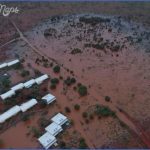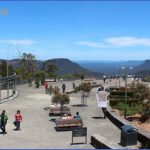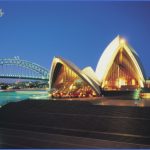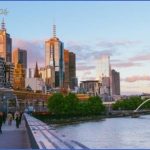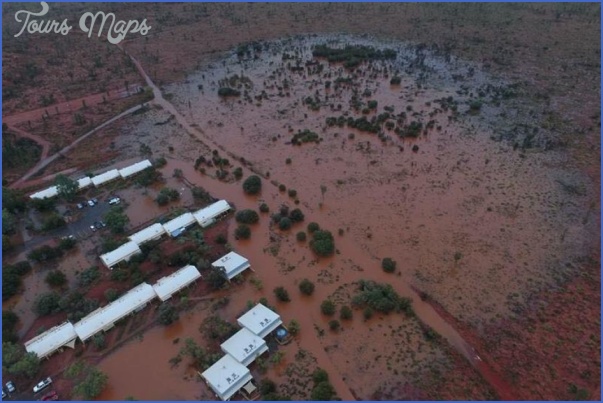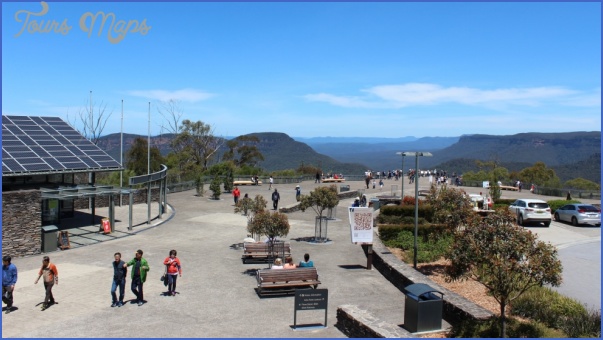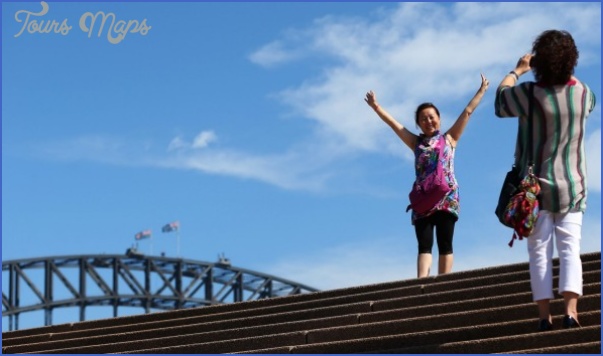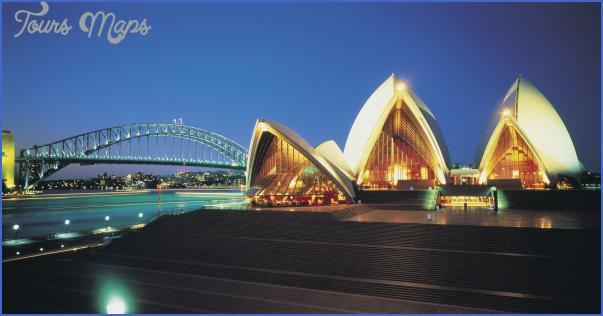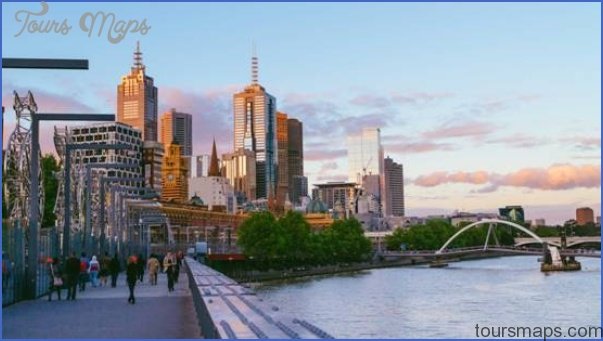Let’s face it. When thinking about places for a dream vacation or honeymoon, Australia is not the first thing that comes to mind. It isn’t because it has nothing unique to offer tourists. On the contrary, Australia has such an abundance of opportunities for adventurous spirits it is overwhelming. The fact is, Australia is still largely a strange place for most people. Unless you stick to the big cities like Sydney or Melbourne, you are not exactly sure what you’re getting into.
Is Australia safe for tourists? It depends on what you mean by safe. If you mean safe from being murdered for the cheap digital camera around your neck or the measly amount of cash you carry around, then yes, Australia is quite safe. According to this article, only eight tourists were victims of homicide over a three-year period, which is impressive if you consider it against the 113 American tourists murdered in Mexico in just one year. Australia has a pretty low crime rate overall.
On the other hand, if you mean safe from sunstroke, bushfires, drowning, and wild animals, then you may want to think twice about going to Australia. The country is famous for its hot, dry climate, so for the unprepared, sunstroke is a real problem. The Gold Coast is famous for its huge waves, which is fine for surfers, but not so much for middle-aged tourists that never learned to swim. As for wild animals, the top 10 deadliest snakes in the world are native to Australia, and the number of crocodiles in the Northern Territory equal that of the human population. Enough said.
However, what makes Australia dangerous to tourists is also the main reason people go there. If that is the way your tastes in travel runs, then better start brushing up on Aussie slang for your trip Down Under, and read on for practical travel advice.
Safety tips for foreign and domestic travelers
Australia is generally safe for all tourists as long as you practice some common sense. If you insist on putting yourself in risky situations, you shouldn’t be surprised to find yourself at risk. Here are some things you should remember, whether you are a foreigner or a local.
Find out as much about where you are going as you can before you set out, especially if you plan to go bush walking. It is no joke getting lost in the bush.
Listen to travel advisories. Tropical cyclones, flash floods, bushfires, and dust storms are common in some parts of Australia. Terrorism adds another dimension to your travel plans, especially in areas frequented by tourists. Did we mention sharks? Yes, Australia has quite a reputation for sharks as well, so if you go into the water, make sure it is a safe place to do so. Ask before you leap. If you see people waving at you just before jumping into the water, don’t presume they are just being friendly.
Hiking and camping is popular among tourists in Australia, and as long as you stick to safe trails you should be fine. However, avoid going on your own and at night. Remember the snakes and crocodiles?
Use sunblock. The sun is very strong in most parts of Australia, so you need as much SPF as you can carry without being questioned in Customs. Wear it anytime you step out.
Some words about the wildlife
We’ve already mentioned the snakes, crocodiles, and sharks, but most people are (hopefully) smart enough to avoid those. However, there are quite a few other members of the wildlife for which you need to watch out.
Australian paralysis tick
Box jellyfish
Bull ant
Common lionfish
Cone snail
European honey bee
European wasp
Giant centipede
Irukandji jellyfish
Platypus
Redback spider
Smooth toadfish
Southern blue-lined octopus
Stinging stonefish
Stingray
Sydney funnel-web
These are just some of the more dangerous animals, too. We haven’t even gotten to the poisonous plants like the black bean and strychnine tree. No, they won’t grab you as you are passing by or stalk your campsite, but they can kill you if you eat them. Oh yeah, we forgot to mention drop bears, which is supposed to be a myth. They are not really bears, but the evil, meat-eating, distant cousin of the koalaor maybe it’s just a mean koala? No one really knows for sure, so watch out for those when you go camping. Speaking of which
Camping tips
We’ve mentioned earlier that camping is popular in Australia, so it seems appropriate to have a section about it. Aside from the obvious tips about bringing enough water and the right gear, here are some tips for surviving the Australian outback.
Tell someone where you are going, and for how long. You never know what will happen out there, so should make sure someone will start looking for you if you fail to show up, Many areas in Australia don’t have cell service, especially in the bush, so your mobile phone is next to useless. Better yet, have a GPS on you and rent a satellite phone.
Prepare for bear. We don’t mean real bears (koalas are not bears), but the weather. It is unpredictable, so have enough supplies to last you several days longer than you plan to stay. Better yet, rent a campervan instead of pitching a tent so you can make a quick getaway when the weather turns foul or a bushfire warning goes up. You also avoid critters crawling into your tent at night and getting cozy.
Australia is a great place to visit if you have a taste for adventure. However, you presumably want to get back home alive and in one piece. Keep these tips in mind, and you should get through it safe and sound with a bunch of great photos to prove it.
Is Australia Safe For Tourists? Photo Gallery
Maybe You Like Them Too
- Explore Doncaster, United Kingdom with this detailed map
- Explore Arroyito, Argentina with this Detailed Map
- Explore Belin, Romania with this detailed map
- Explore Almudévar, Spain with this detailed map
- Explore Aguarón, Spain with this detailed map

